Price: $249.00
(as of May 13, 2025 21:52:03 UTC – Details)
The VideoMic NTG is a broadcast-grade, feature-packed shotgun microphone optimised for on-camera use. It features the same revolutionary acoustic design as the NTG5 broadcast shotgun microphone, which delivers unmatched transparency and a natural, uncoloured sound. Add to this an incredibly flat frequency response, highly directional supercardioid polar pattern, and very low self-noise, and what you have is a compact on-camera microphone that contends with the world’s best shotgun mics. As well as sounding outstanding, the VideoMic NTG is extremely flexible, with an array of tools and features to help you take on any recording situation. Digital switching gives you access to a high-pass filter, -20dB pad, high frequency boost, and safety channel, plus there is a unique infinitely variable gain control that allows you to precisely tailor the output as you need. Its auto-sensing 3.5mm output detects what device you are connected to (camera or mobile) and switches to accommodate – no more messing around with adaptor cables! There is also a handy new dB peak warning light, so you can always ensure your audio isn’t clipping. The VideoMic NTG is so much more than just an on-camera mic. As well as pairing perfectly with DSLRs, compact cameras, and smartphones – either on-camera, as a boom mic, or on a pistol grip – it is also a fully-featured USB microphone that can be plugged into a computer, tablet, or smartphone. On top of this, the 3.5mm jack doubles as a headphone output for seamless monitoring of audio while using the USB output. The VideoMic NTG is officially MFI-certified (Made for iPhone, iPad & iPod). To connect your VideoMic NTG to Lightning-equipped iOS devices, you’ll need the SC15 or SC19 cable. Please make sure your VideoMic NTG firmware is up to date to ensure complete compatibility with iOS devices with the SC15 or SC19.
Broadcast-grade, feature-packed shotgun microphone optimised for on-camera use. featuring the same revolutionary acoustic design as the award-winning NTG5 broadcast shotgun microphone, which delivers unmatched transparency and a natural, uncoloured sound
Extremely flexible, with an array of tools and features to help you take on any recording situation. Digital switching gives you access to a high-pass filter, -20dB pad, high frequency boost, and safety channel, plus there is a unique infinitely variable gain control that allows you to precisely tailor the output to suit your recorder or camera
Auto-sensing 3.5mm output detects what device you are connected to (camera or mobile) and switches to accommodate – no more messing around with adaptor cables
Also works as a fully-featured USB microphone that can be plugged into a computer, tablet, or smartphone, with the 3.5mm jack doubling as a headphone output for seamless monitoring of audio while using the USB function
Also Interfaces digitally into smartphones, including Android and iOS devices for amazing audio when filming with a mobile (note an SC15 Lightning Accessory Cable is required for use with iOS devices)
product.”>Details)
Customers say
Customers find the microphone’s sound quality excellent, particularly praising its low noise performance, and appreciate its versatility with thoughtful feature inclusion. They consider it well worth the money and easy to use, with one customer noting its quick USB interface setup. The build quality and functionality receive mixed reviews – while some say it works wonderfully, others report it doesn’t work 90% of the time. The frequency range also gets mixed feedback, with several customers reporting channel cutting issues.
AI-generated from the text of customer reviews




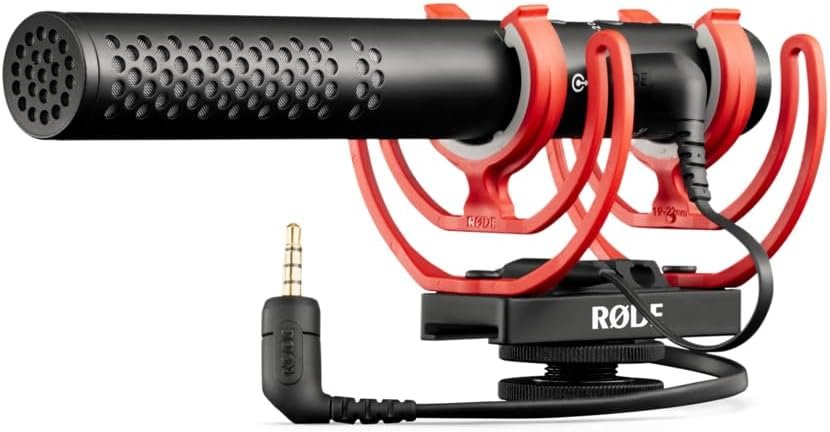


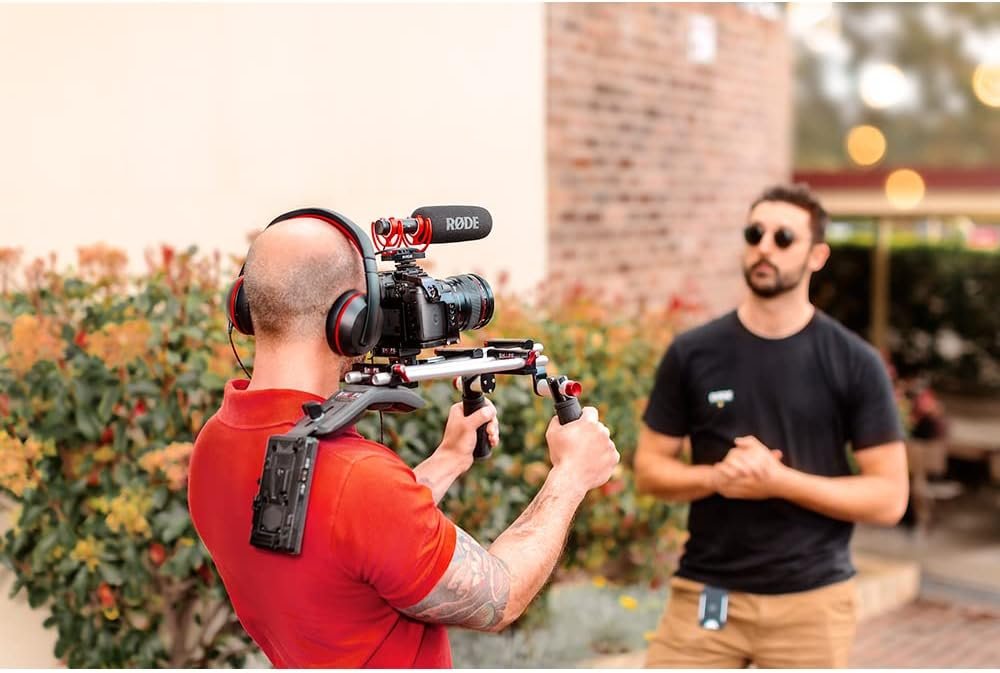

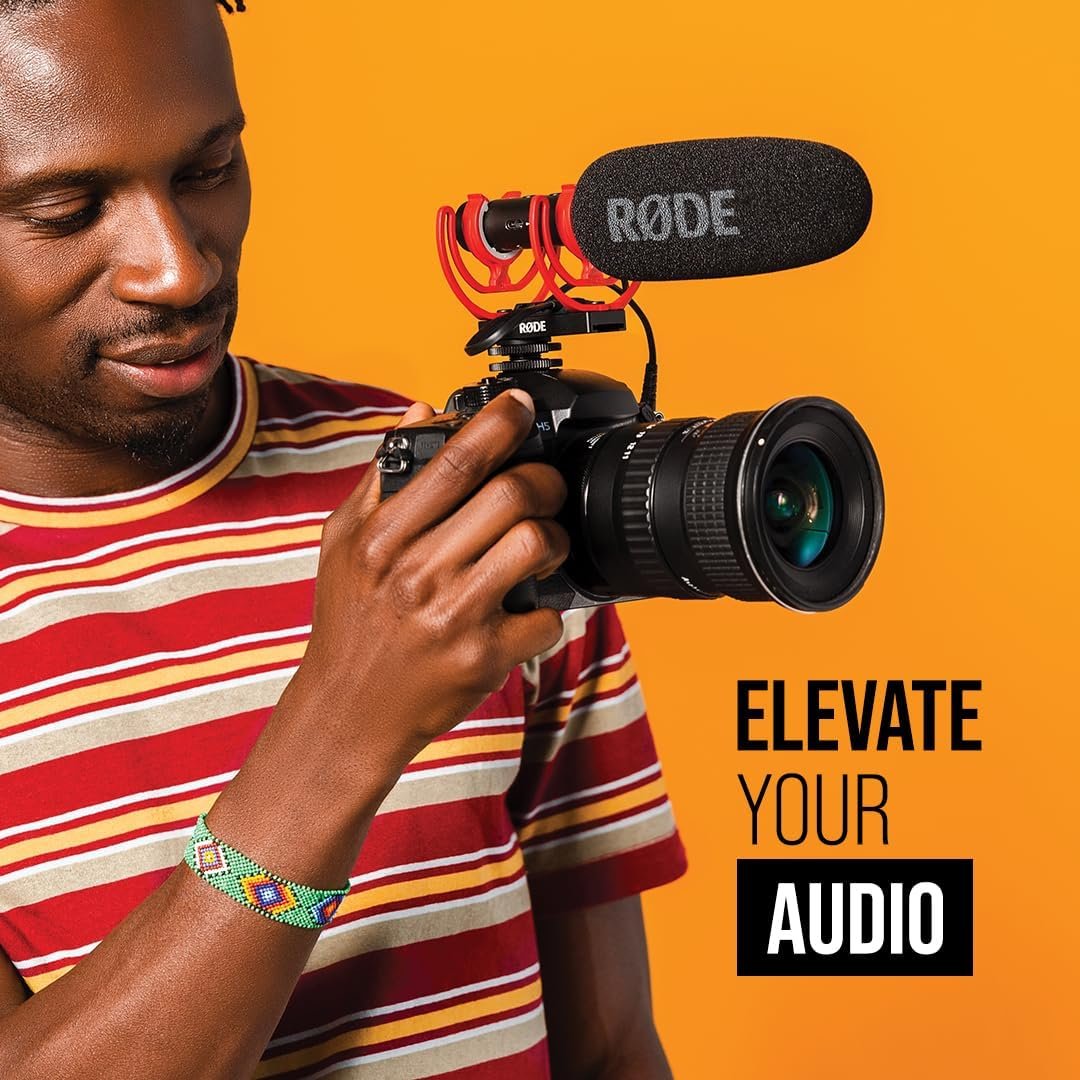
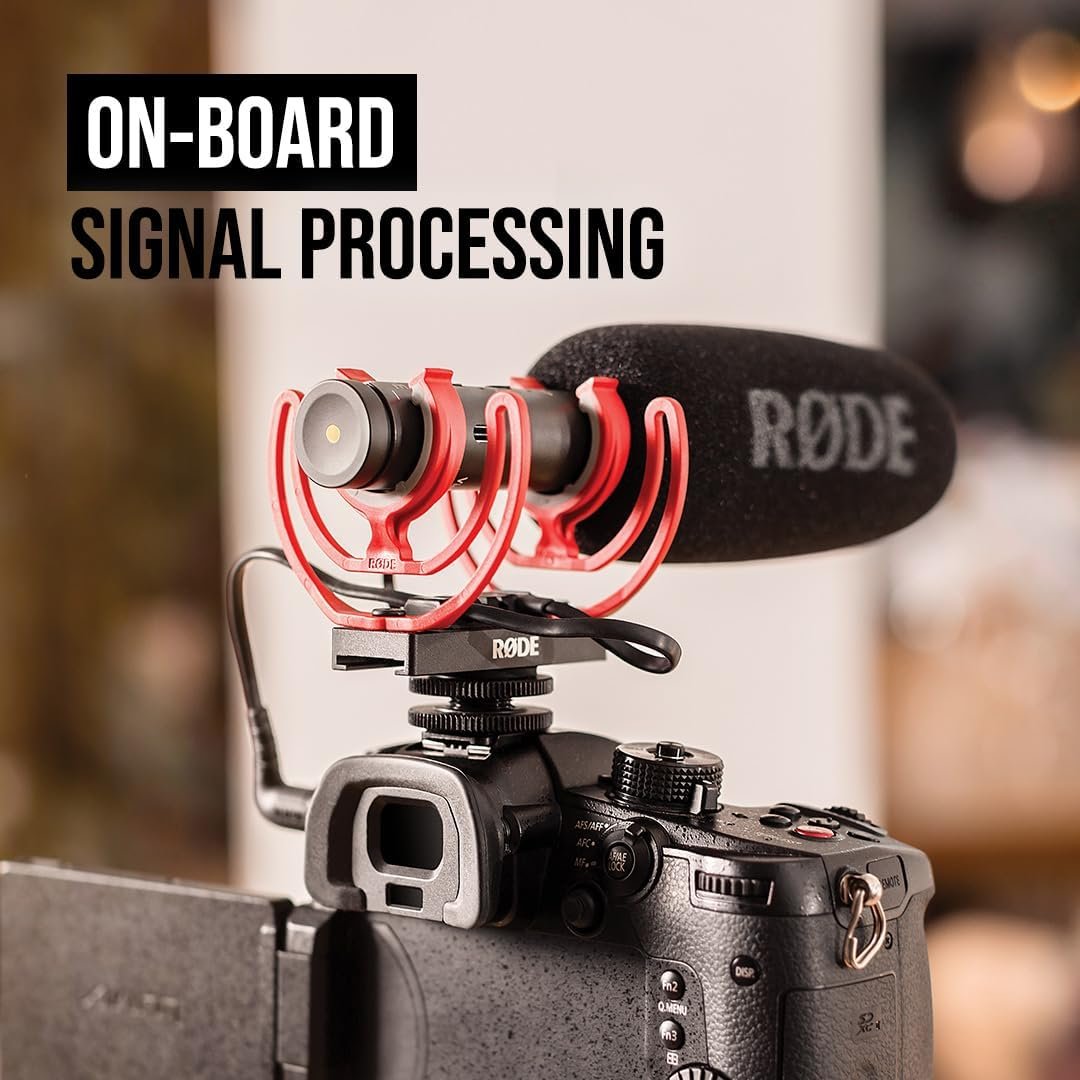
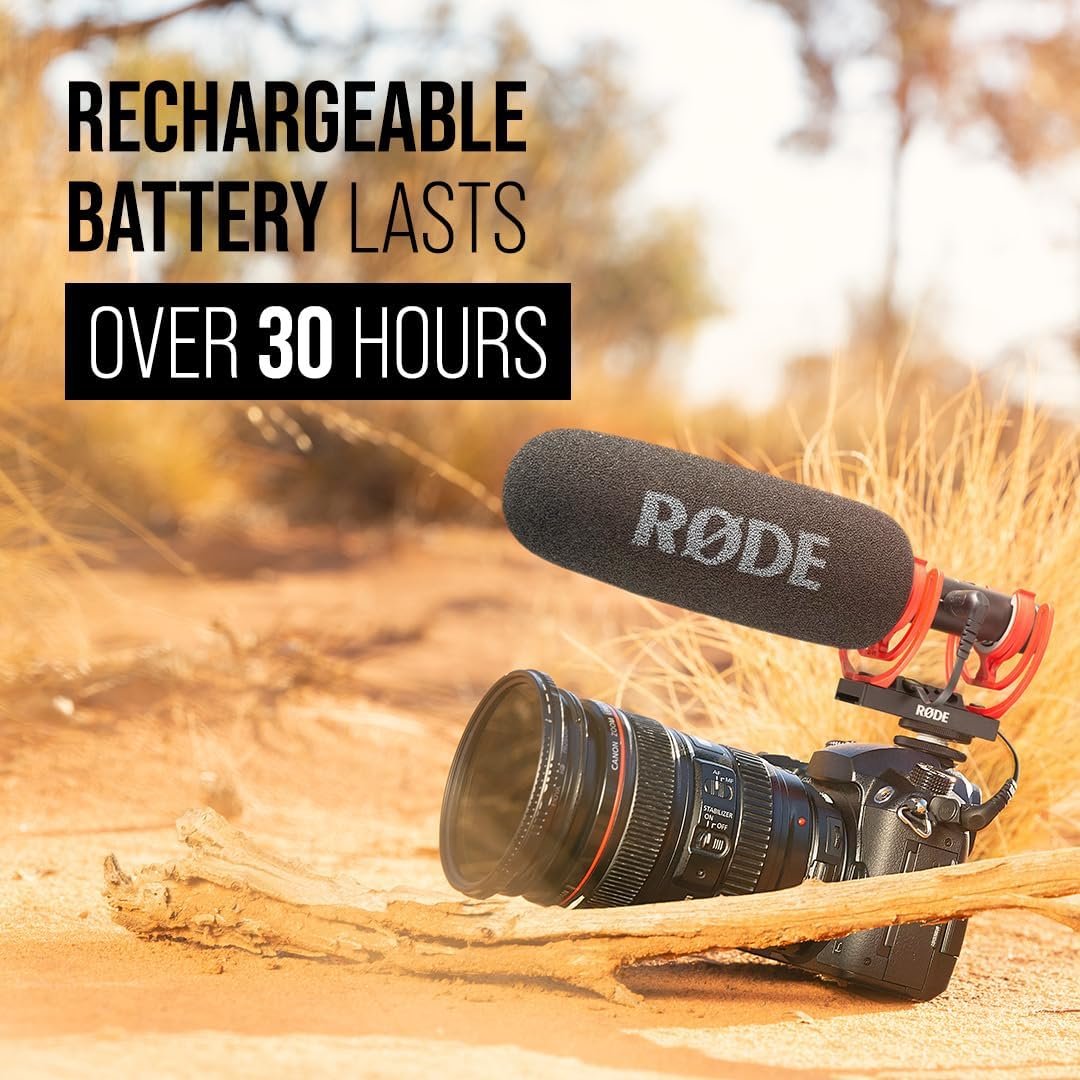
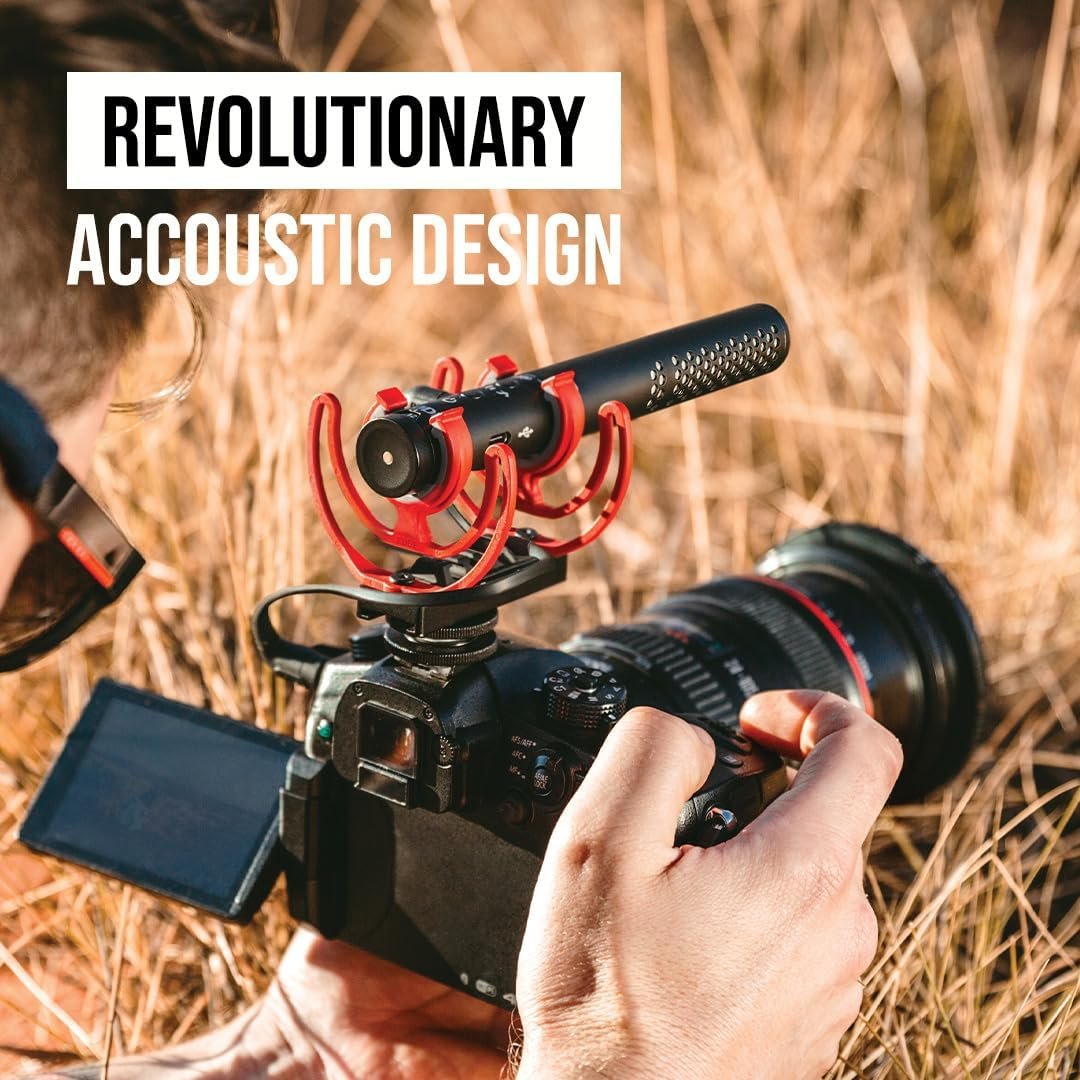
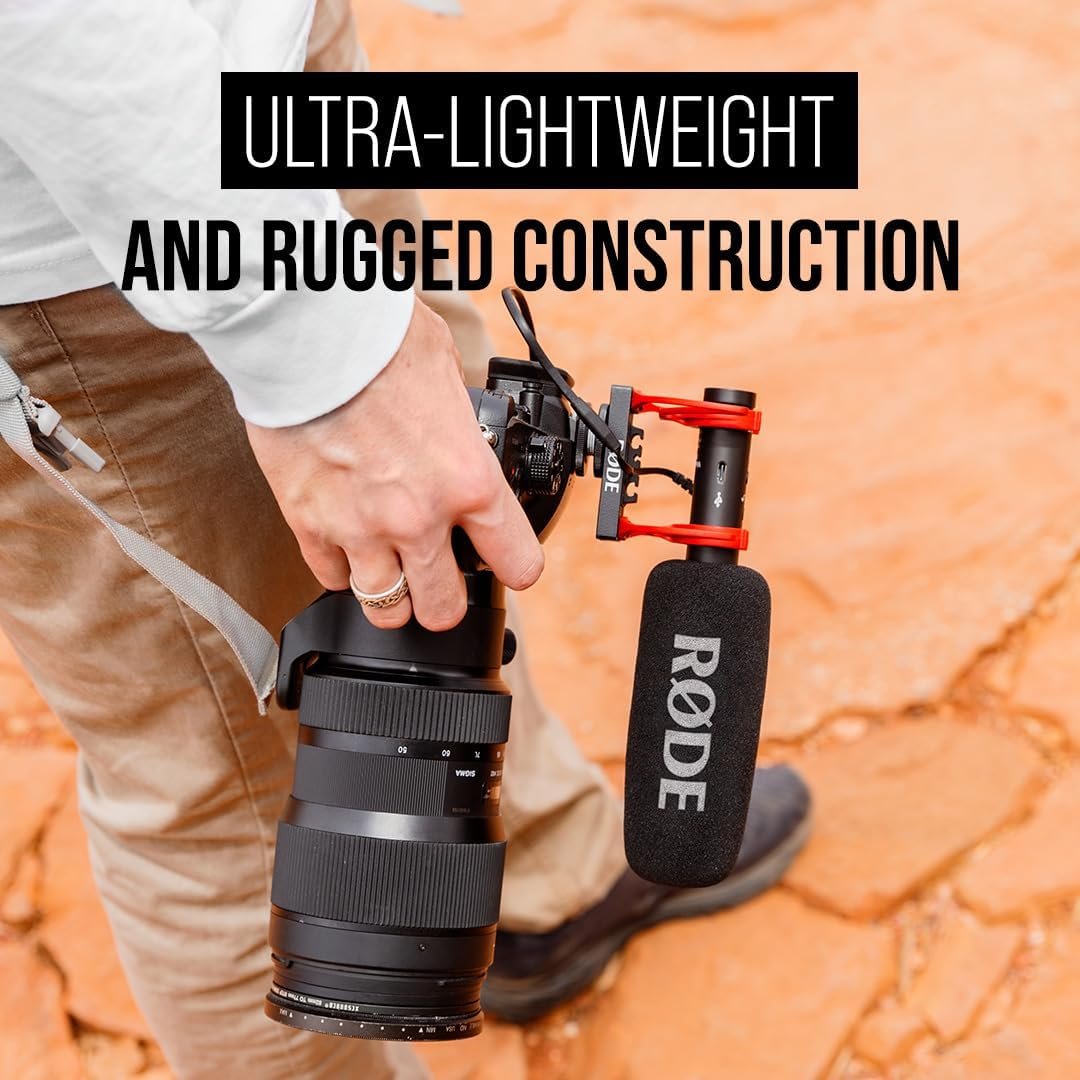




Reviewer –
Rode VideoMic NTG: A Five-Star Marvel of Versatility and Quality
I can confidently say that the Rode VideoMic NTG is an exceptional microphone that ticks all the right boxes for versatility, quality, and convenience.First and foremost, this microphone excels in its versatility. Whether you need it for your desktop setup, camera recording, or even mobile shooting, it effortlessly adapts to each scenario. Its ability to serve multiple functions effectively is a game-changer, eliminating the need for multiple microphones and simplifying your audio setup.In terms of audio quality, the Rode VideoMic NTG consistently delivers outstanding results. It can handle a wide range of environments, capturing clear and balanced sound even in challenging conditions. From indoors to outdoors, it performs admirably, ensuring your recordings are crisp and professional.The microphone’s build quality is impressive, combining durability with a compact and user-friendly design. It’s clear that Rode has paid attention to detail, creating a microphone that feels solid and reliable in your hands.Additionally, the thoughtful inclusion of features like automatic power management enhances the overall experience. This ensures that you’re ready to record when you need it, without the worry of running out of battery.While the Rode VideoMic NTG may come at a slightly higher price point, its exceptional performance, versatility, and build quality make it a worthwhile investment for anyone serious about audio recording. It has even replaced other microphones in my setup due to its superior functionality.In summary, Rode has truly hit the mark with the VideoMic NTG. It’s a five-star microphone that offers incredible value for its price. Whether you’re a content creator, podcaster, videographer, or anyone in need of high-quality audio, the Rode VideoMic NTG is a must-have addition to your toolkit.
Tonia_&_Scott Wardan –
Video or Podcasting – This is the One Mic To Rule Them All! (+ how to connect via XLR)
I debated over this mic for quite a while. I liked the idea of being able to use it analog, connected directly to my field recorder, camera or phone – plus the ability to connect it directly to my computer digitally via USB. However, my primary use is connected to my field recorder, and I would have much preferred an XLR connector vs the 3.5 mm trs/trrs jack. I just so happened to own a Rode VXLR+, which adapts XLR to 3.5mm, and converts phantom power to ‘plug-in power’, so I figured I would give the mic a try.At first it did not work, and I almost returned the mic. The mic is intelligent and can switch between trs (camera) and trrs (phone – combo headphone/microphone jack) connectivity, using the provided trrs/trrs cable. The VXLR+ on the other hand… not so intelligent. It is designed for trs connectivity, not trrs. Connecting it via trrs did not work. But, before I boxed the mic up and sent it back, I figured I would try a trs/trs cable… and Voila!The mic sounds incredible! Really good gain, really low noise. While it definitely has a proximity effect, it maintains warmth/depth when booming at around 18″. I made some quick test recordings this way, then A/B tested the unprocessed audio against some of the more professional sounding YouTube channels out there. I honestly think mine sounded better! 😉 Using it in a podcast/voice-over fashion, 3″-6″ away, plugged directly in to my computer, sounded equally amazing. My phone even recognizes the mic via USB! As an “on-camera” mic… meh. But the traditional NTG mics, or even the almighty MKH-416 would sound “meh” used as an on camera mic. It is just not what you do, if you want good quality audio! IMHO.Buy it!
Gregory A. Corson –
This is super-versatile and has worked great with everything
I love this mic! Sounds good, low noise, very directional. Ever since getting it I’ve used it for all my videoconferences. I have it on a mic boom just above my head about 12-18 inches away and it sounds very nice and clean. Allowed me to stop needing to wear headphones during conferences, I could just have the audio coming out of speakers.Aside from this, you can use the mic as a USB device with a PC or you can plug in an analog TRS or TRRS cable, it will automatically detect the configuration of the jack so you can use it with almost any device.I use it as a USB mic with my PC, in analog mode with a Sony A7R4 and have also used it as a USB-C mic with an iPad Pro and with an iIphone through Apples analog adapter. All worked and had great sound.The directionality of the mic will let you put it just below or just above you out-of-shot and still get good sound. It’s not magic though, for best quality the rule with mics is “closer is better” You will probably get best results 1-2 feet away. Try to get closer if the person is a quiet talker.There are a few minor flaws with the USB mode. One is that the gain control knob has no effect in USB mode, you have to adjust volume levels with PC software which is not as convenient. Also the “safety channel” feature doesn’t work in USB mode (this is where it records normal audio on one channel and the other channel 20db quieter, so you can recover audio in post production if it suddenly gets too loud and clips). Not sure why these don’t work but it would be great if Rode could do a firmware update to fix it.Also the mic is supposed to work with an iPhone through a USB-C to lightning cable. I tried this with a high quality cable I have and it didn’t work. Rode support says you have to use their UCB-C to lightning cable. Not sure why this is, maybe they have some active electronics in their cable. I just know I tried several good quality USB-C->lightning cables I had and they did not work.
L. Attaud –
Great mic for the price
I would have spent more but didn’t need to. This mic is feature rich
Daredevil –
I bought this mic reading lot of positive reviews on YT. But this is terrible product. It has lot of wind noise and does not come with dead cat.
BuyerD –
Compared Zoom H1n vs Rode NT-USB vs. Rode VideoMic NTG. Placed them arm-length away (about 60cm from mouth), and read a passage. Then listened carefully.1) Zoom H1n: Most echo, and highest noise floor. Knob was set to 9.5.2) Rode NT-USB: 2x more presence then Zoom H1n, 2x less echo then Zoom H1n, 2x less noise floor, and more pleasant to (less harsh).3) Rode VideoMic NTG: 1.5 more presence then Rode NT-USB, 1.5x less echo then Rode NT-USB, and 0.5 less noise floor. Same pleasantness to listen to as Rode NT-USB.Meaning what? I’ve packed away the Rode NT-USB (as it’s huge), and defaulted to to this VideoMic NTG as it’s 1.5x better. Yes, it’s negligible difference (for all purposes, their sound quality is the same), but since this NTG is so small, it’s a lot more convenient to place top of a device (such as camera), then having a huge-heavy Rode NT-USB taking significant desk space.Best about VideoMic NTG: From a massive distance of 60cm from mouth, that it’s able to make voice sound as if speaking only 10cm from a mic, is most impressive.
José –
El audio es muy complejo, el mejor micrófono no grabará adecuadamente en condiciones no favorables. ¿Tu fuente está pegada a paredes? Muchas reflexiones. ¿Estás en la calle? Mucho bleed o contaminación. Entendiendo eso puedo decir que el micrófono mejora mucho los sonidos de mis filmaciones que antes hacÃa con celular. Acostumbrado a grabar en estudio con otros micrófonos puedo decir que es muy competitivo; además, como tipo escopeta, es más recomendable al aire libre. Para microfoneo cercano es perfecto cuidando ciertos detalles, muy buena calidad.
Tech Guy –
Another great product from Rode. I have several other micâs from them and an entire wireless mic system. Been extremely please with any Rode product I have purchased and this one is no different and it solved some of my audio challenges in the areas we film in.
Geekyranjit –
This one is a good no-nonsense shotgun microphone you can get very good pickup even if it’s 5 feet away….. I like that it auto switches itself on and off…. so one thing I don’t have to worry while recording videos…. battery life also has been great.If you have a budget for this I can recommend it, in-fact I also have the Rode Wireless Go kit but I am mostly preferring this one now.